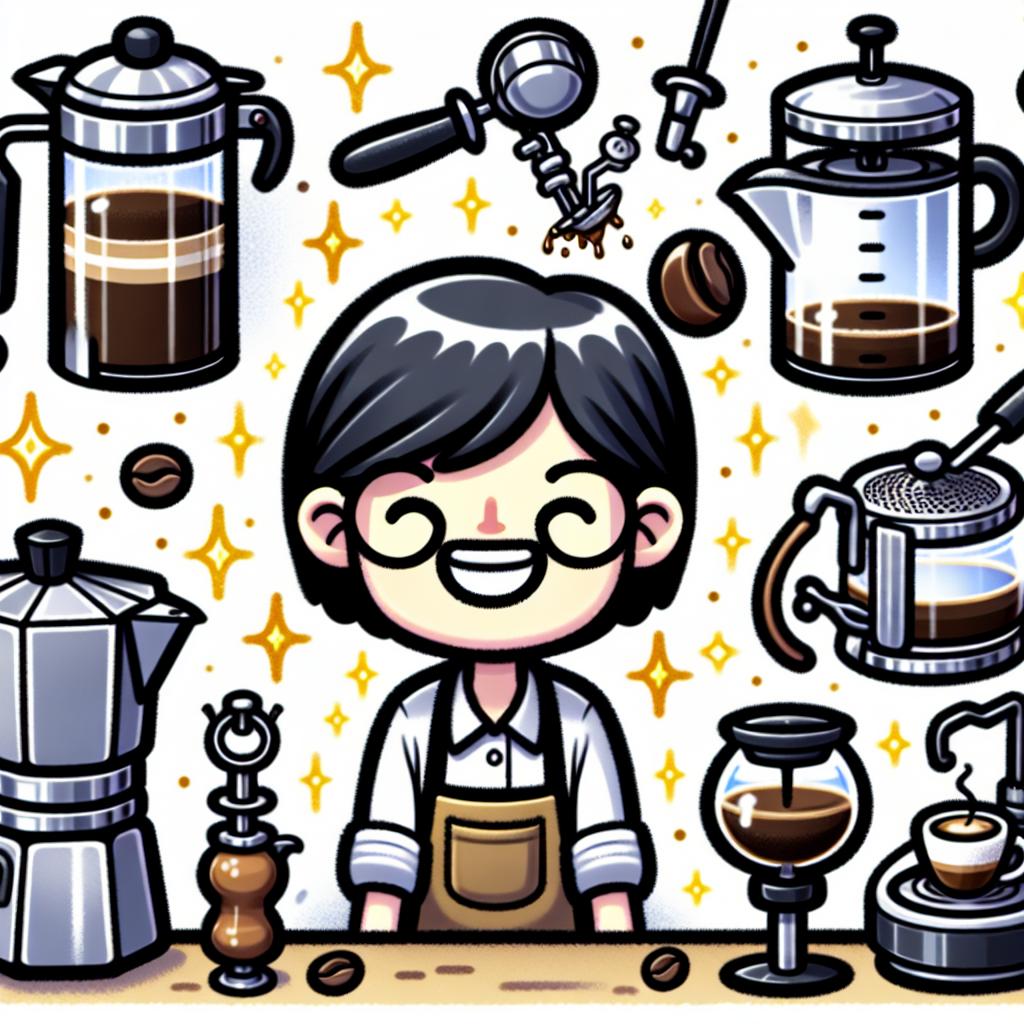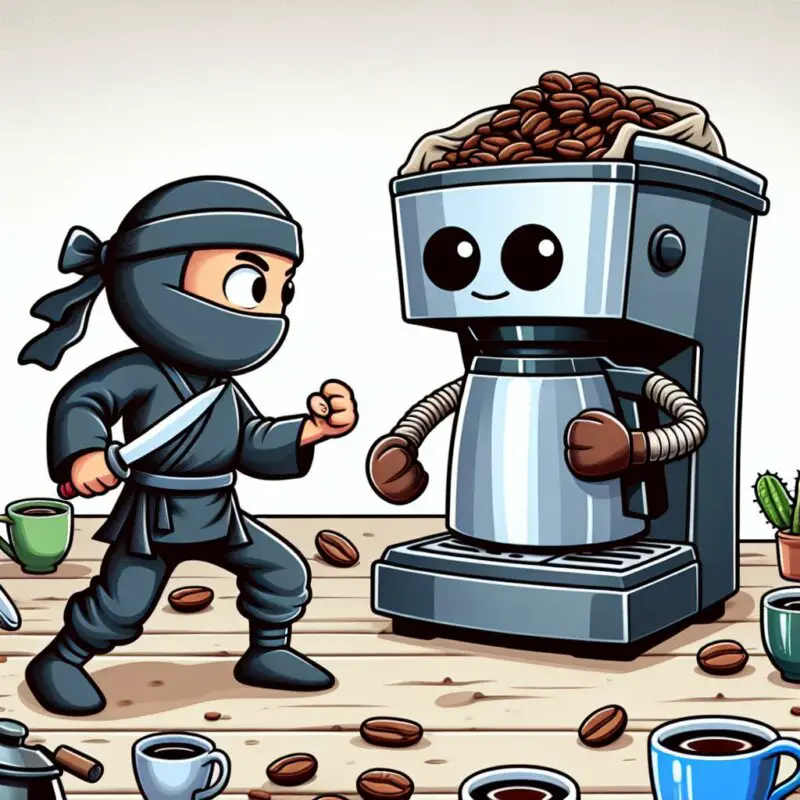This post may contain affiliate links. Please read my disclosure for more info.
Looking to elevate your coffee game beyond the usual morning cup? You’re in the right place. This guide will walk you through enhancing your coffee experience, from bean selection to brewing techniques, ensuring each sip is a journey of complex flavors. Let’s simplify the process of making complex coffee.
The Art of Selecting Coffee Beans
Selecting the right coffee beans is crucial. The beans are the foundation of your coffee’s flavor profile. There are two main types to know: single-origin and blends. Single-origin beans come from one place, offering a distinct taste unique to their geographic area. Blends mix beans from various locations, aiming for a balanced flavor. To start, try different beans and note what you like. Look for local roasters or specialty shops where you can ask questions and get recommendations.
Mastering the Grind
The grind size of your coffee beans plays a big role in the taste of your coffee. A fine grind is ideal for espresso, where water passes through quickly, needing more surface area to extract the flavor. A coarse grind suits methods like French press, where the coffee steeps longer. Experiment with grind sizes to see how they change your coffee’s taste. A burr grinder is a good investment for consistent grind size.
Exploring Brewing Techniques
Different brewing methods can significantly change your coffee’s complexity. Here’s a brief on a few:
- French Press: Great for a rich, full-bodied cup. Coarse grind your beans, add hot water, steep for four minutes, then press.
- Pour-over: Offers a clean and flavorful cup. Use a medium-fine grind, pour hot water in a circular motion over the grounds for even extraction.
- Espresso: For a concentrated shot. Requires a fine grind and an espresso machine. The high pressure extracts rich flavors quickly.
- Cold Brew: Smooth and sweet, less acidic. Coarse grind, steep in cold water for 12-24 hours, then strain.
Try different methods to find what you enjoy most.
The Role of Water in Coffee Brewing
Water quality and temperature are critical. Hard water can make your coffee taste bitter, while soft water might make it taste flat. Filtered water is usually the best choice. Temperature-wise, aim for 195°F to 205°F. Too hot, and you risk burning the coffee; too cool, and you won’t extract enough flavor. An electric kettle with temperature control can be a handy tool for precision.
Experimenting with Additions and Infusions
Adding spices, herbs, or flavored syrups can introduce new dimensions to your coffee. Try cinnamon or vanilla for a classic touch, or go bold with cardamom or lavender. Homemade syrups are easy to make and allow full control over the sweetness and flavor. Start with simple syrup (equal parts water and sugar) and add your chosen flavors while it simmers. Experiment to find combinations you love.
Perfecting Your Technique
The key to great coffee is practice and experimentation. Keep a coffee journal to track the beans, grind size, brewing method, and any additions or changes you make. Note what works and what doesn’t. Over time, you’ll refine your technique and develop a deeper understanding of what makes a cup of coffee perfect for you.
By exploring beyond the basic brew, you can transform your coffee routine into an exciting exploration of flavors and techniques. Whether it’s trying out new beans, tweaking your brewing process, or experimenting with flavors, there’s always something new to discover in the world of coffee.




